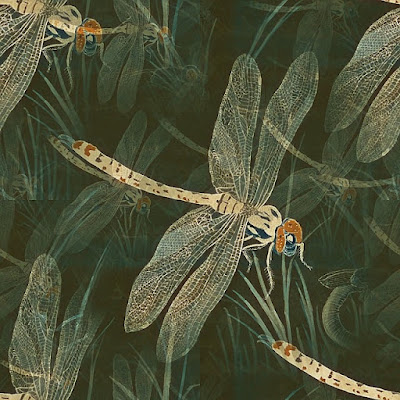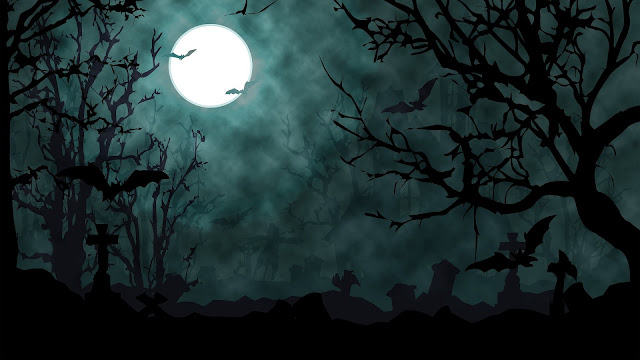The Dragonfly: a Devil’s Familiar, or a Harbinger of Good Luck?
I love looking at the dragonflies in my garden. The sun really brings out their jewel tones as they zip among the flowers.
I looked them up because I was curious about myths and folklore associated with the insects. I was surprised to find that there was great difference in how they were perceived in the old days by people around the world.
Many European cultures considered them malevolent entities associated with snakes or the Devil. An old English name for them is the “Devil’s darning needle.” In Italy, they were seen as witches’ familiars and pets. In Sweden, they were omens of tragedy or injury.
The views in America were more mixed. There is an old American superstition that the insects can sew up the mouths of lying children, nagging women, and cursing men. Another belief is they predict rain. A dragonfly swooping high means heavy rain, while a low-flying insect means a light shower.
According to one Native American folklore, the dragonfly was once a dragon who was tricked into shape-shifting by a wily coyote. Once it shifted, it couldn’t change back.
Eastern cultures, on the other hand, view them positively. In China, they are the symbols of summer. In feng shui, they are believed to attract fresh qi and good luck. They also portend transformation and renewal. Seeing a dragonfly in your home may mean that change is imminent.
The insects are revered in Japan and symbolize courage, strength, happiness and success. They are believed to be the spirits of the rice plant, and harbingers of bountiful harvests. In fact, another name for Japan is Akitsushmi, or Dragonfly Island.
As for me, I like the notion of transformation. My entomologist son also tells me that dragonfly nymphs eat mosquito larvae. That, on its own, is enough to make dragonflies one of my favorite insects.




Comments
Post a Comment